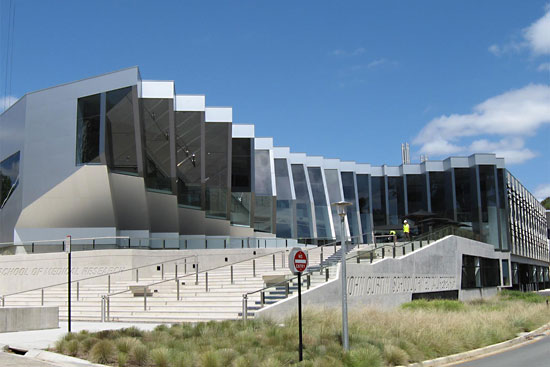ANU: Swamp soundtrack brings Murrumbidgee to life online
A wetland on the Murrumbidgee River has been brought to life in a whole new way, thanks to an interactive website showcasing its unique inhabitants.
The Sound of Water is a collaboration between researchers from The Australian National University (ANU), Charles Sturt University and the Commonwealth Environmental Water Office, and uses audio recordings to show how wetlands respond to an influx of water.
The project focuses on Nap Nap Swamp, a wetland in the Lowbidgee region between Hay and Balranald in south-western NSW.
Nap Nap Swamp is one of the many sites on the Murrumbidgee that receives environmental water – or flows allocated by state and Commonwealth governments.
Scientific monitoring shows how environmental flows revive thirsty wetlands, restoring crucial habitats for frogs, birds and fish. It’s a good news story for our inland waterways, but one mostly told through scientific reports.
For the first time scientific data has been transformed into a vivid digital portrait thanks to ANU researcher Professor Mitchell Whitelaw and Associate Professor Skye Wassens from Charles Sturt University.
“Across nine days in spring 2020, you can hear the wetland come to life as an environmental flow rolls into Nap Nap Swamp,” Professor Whitelaw said.
“The Sound of Water introduces the frogs of Nap Nap Swamp: the tiny, hardy Murray Valley froglets, inland banjo and spotted marsh frogs, and the endangered southern bell frogs.”
Once widespread across the Murray and Murrumbidgee rivers, southern bell frogs are now found in only a few isolated populations, including in the Lowbidgee floodplain.
The researchers say the deep, booming call of these frogs sends a “powerful message” about how environmental water allocations support wetland habitats.
“As well as telling an important environmental story, The Sound of Water breaks new ground in how we use data, sound and images to experience the living environment,” Professor Whitelaw said.
“By creating visualisations of the audio – called false-colour spectrograms – it becomes explorable in a new way. Visitors will discover the patterns of a whole range of wetland creatures, including many we haven’t identified.”
Associate Professor Skye Wassens added: “This project shows how science and design can come together, using ecological data to convey not only facts, but feelings. This matters because Nap Nap, and thousands of places like it, need the community’s support for their protection.”

